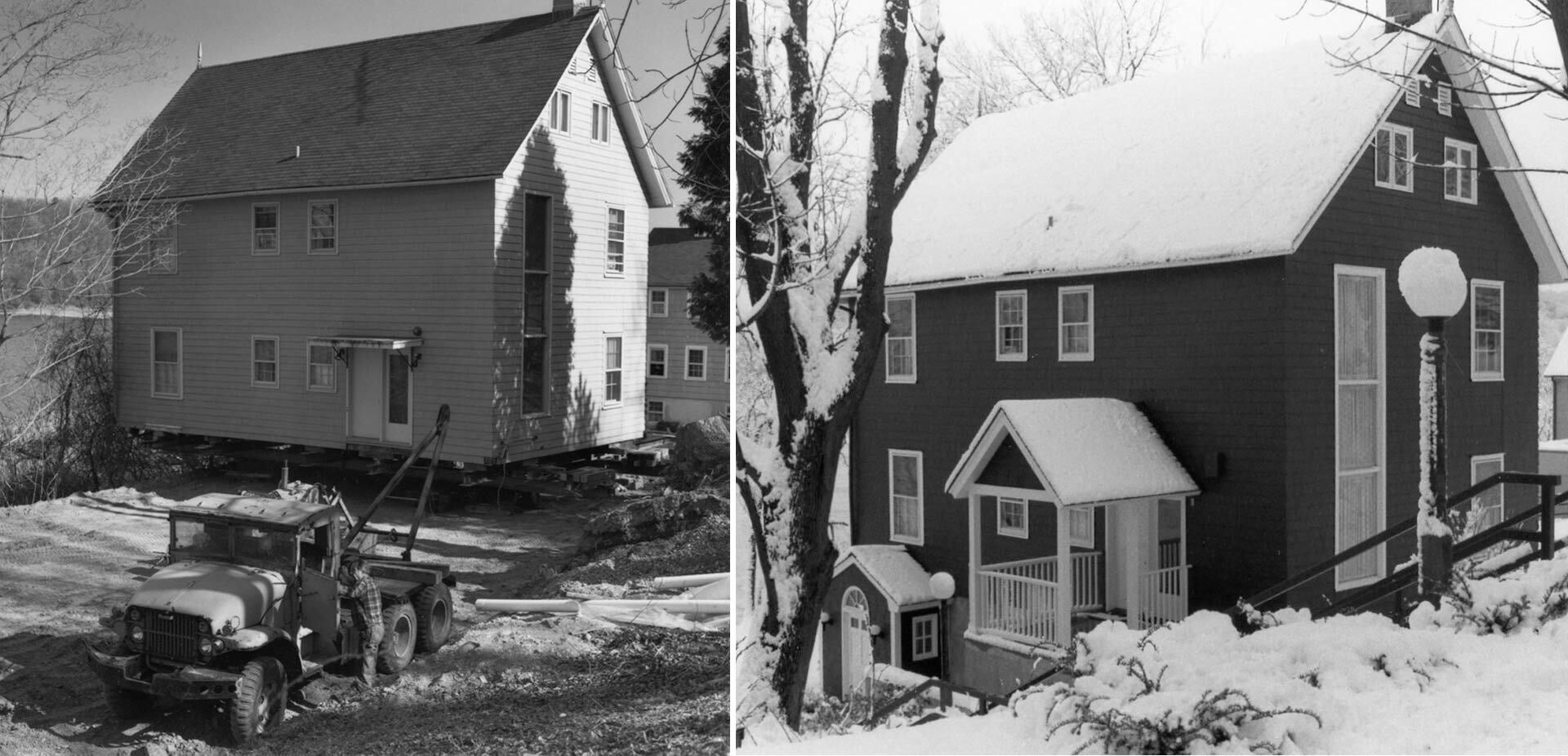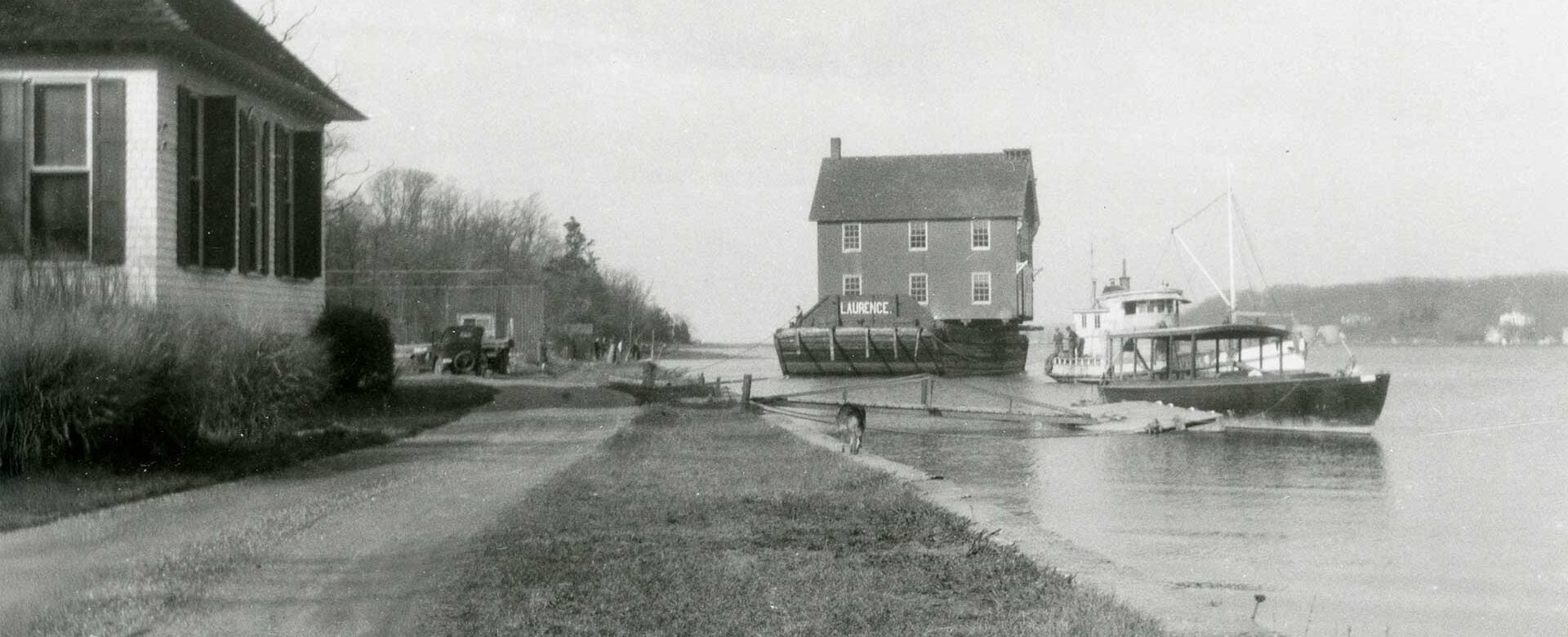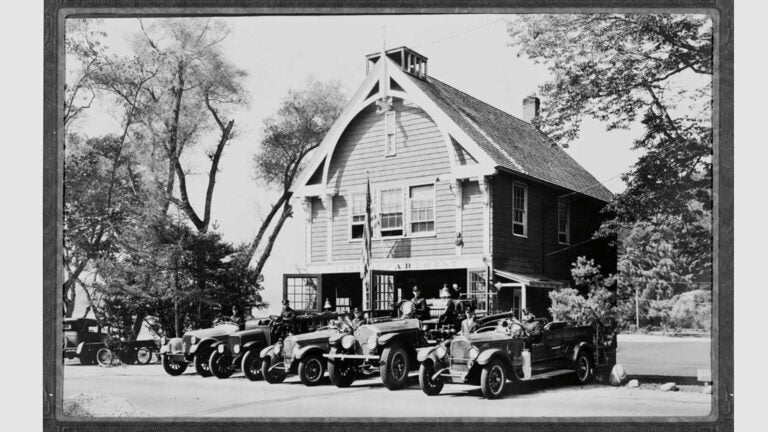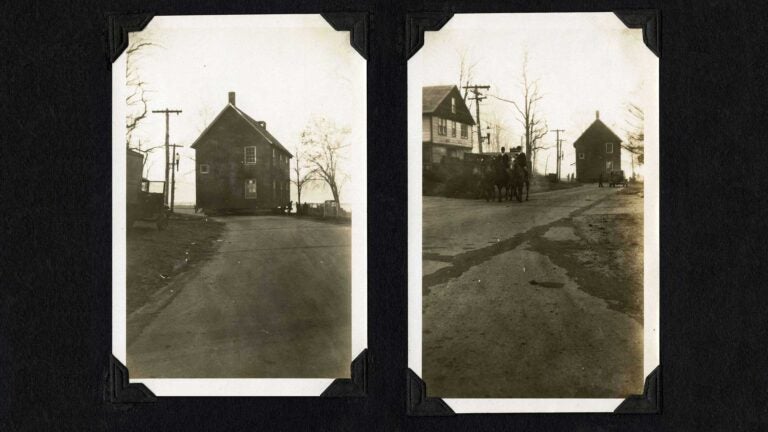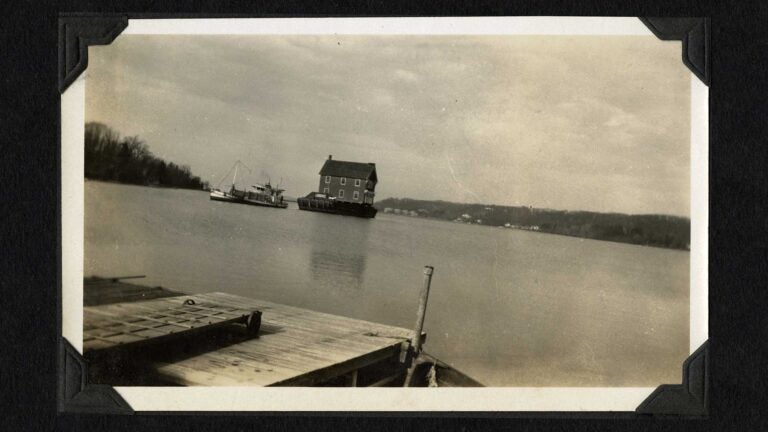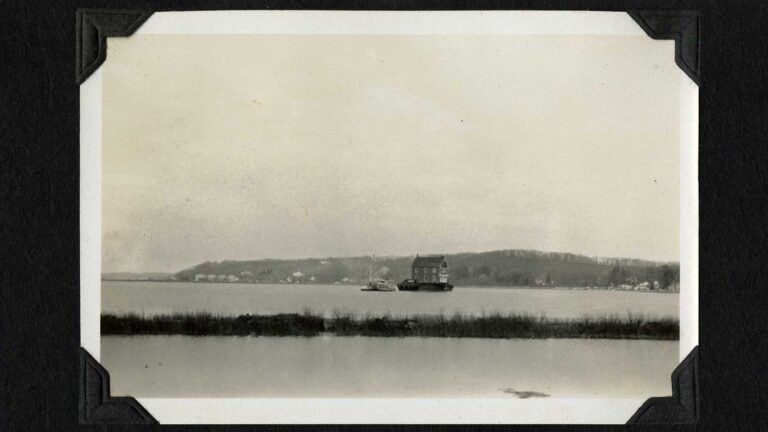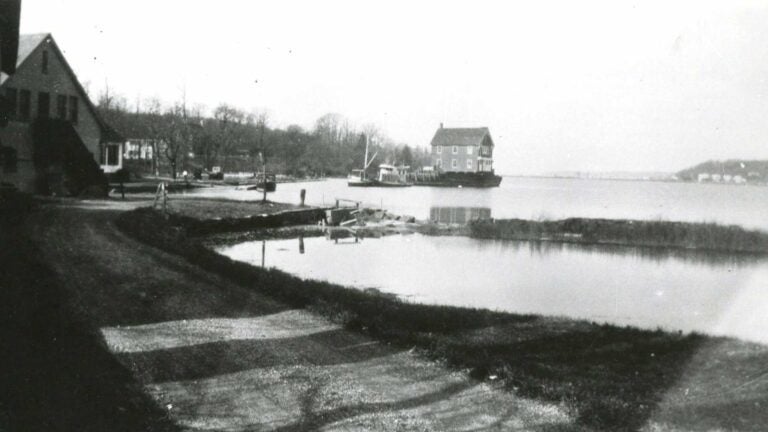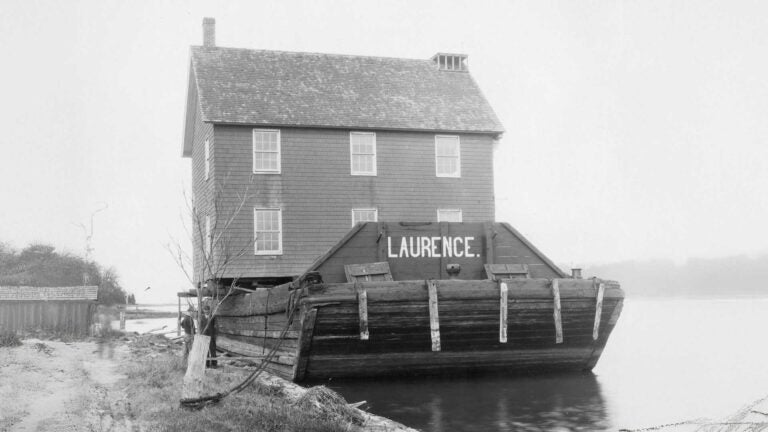In the winter of 1930, when it wasn’t fighting fires, the Cold Spring Harbor Fire Department was raising money for a new fire station. But what to do with the old one? Built in 1906, it was only 24 years old. Demolishing it may have seemed like a waste. During the early days of the Great Depression, the idea may have simply been unaffordable. The obvious solution then was to sell it. But to whom?
It turns out a potential buyer wasn’t far away.
Just across the harbor, one of Cold Spring Harbor Laboratory’s (CSHL’s) early predecessors—the Long Island Biological Laboratory—sought to expand its student housing. In that economy, new construction was likely out of the question. The old summer tents were gone, unsuitable for year-round residence. A solution might not have been found were it not for the Long Island Biological Association (LIBA), known today as the Cold Spring Harbor Laboratory Association (CSHLA).
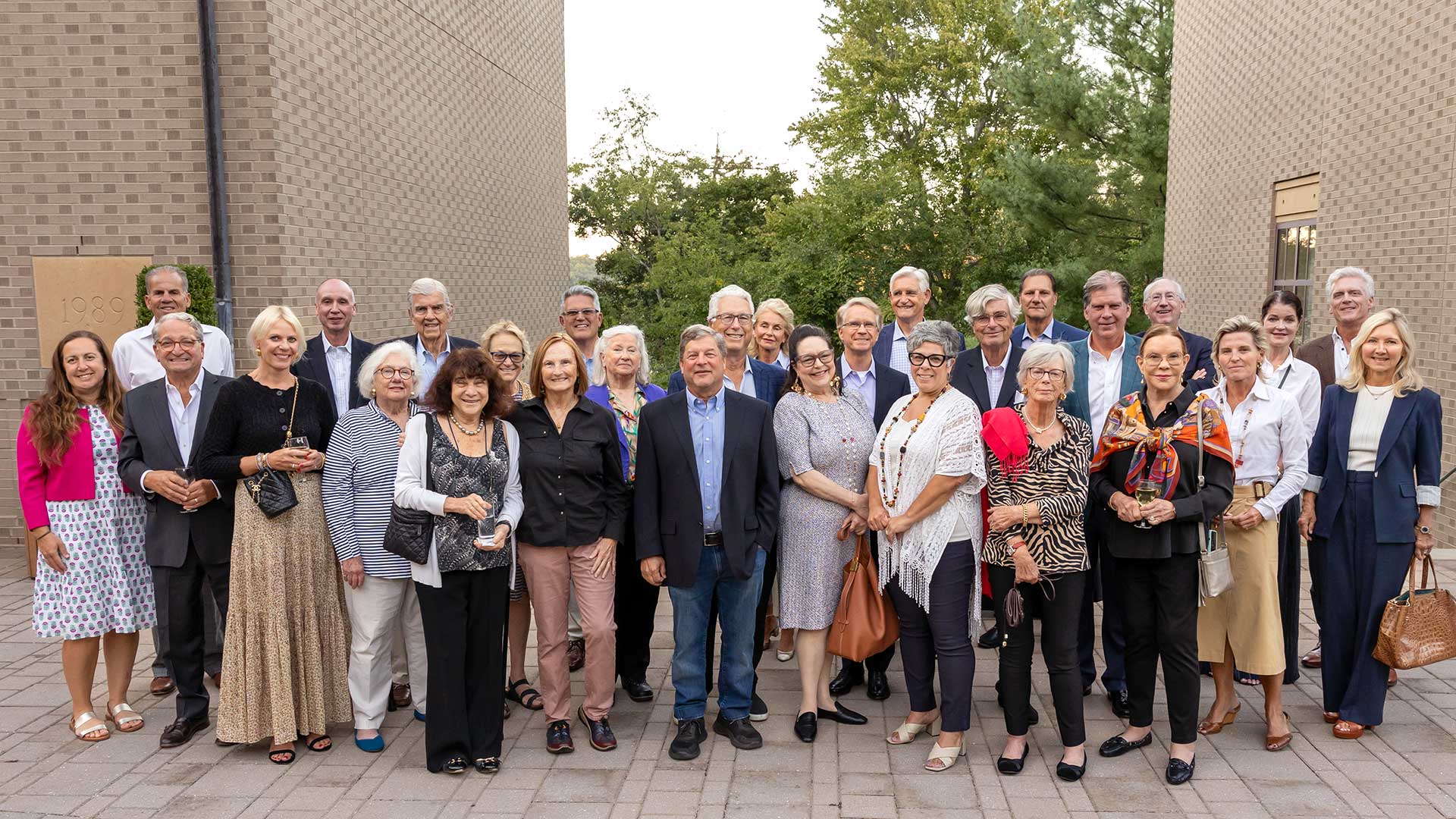
The LIBA Women’s Auxiliary spearheaded the purchase of the old fire station. This group included several prominent women in the community, most notably Auxiliary President Elizabeth Nichols. Only two years prior, Elizabeth and Acosta Nichols’ $20,000 donation funded the construction of CSHL’s George Lane Nichols Building, named in honor of their late son who’d taken a nature studies class on the grounds.
If the Nichols Building was that expensive—about $368,997 today—how much would the Firehouse cost? Not much, it turns out. For the bargain basement price of $50, the building was theirs. Now, they just had to get it across the harbor to its new home. Follow the journey with the image carousel below, courtesy of the CSHL Library & Archives.
Once across the harbor, the Firehouse was brought to a foundation waiting near what is now Delbruck Laboratory. When the dust settled, the LIBA Women’s Auxiliary invested an additional $3,000 to transform the Firehouse into an 11-room summer dormitory. In 1972, further renovations replaced these with three year-round apartments. Past residents include 1993 Nobel laureate Richard Roberts and immunofluorescence microscopy inventors Mary Osborn and Klaus Weber.
Fourteen years later, the Firehouse was on the move again. To make room for the construction of CSHL’s Page Laboratory, the building was moved 50 yards down the road. This time, it traveled by land, not by sea. Movers hoisted the building onto a temporary steel foundation and winched it along a track of greased steel rails to its current harborside location. Today, the Firehouse continues to provide housing for members of the CSHL community.
